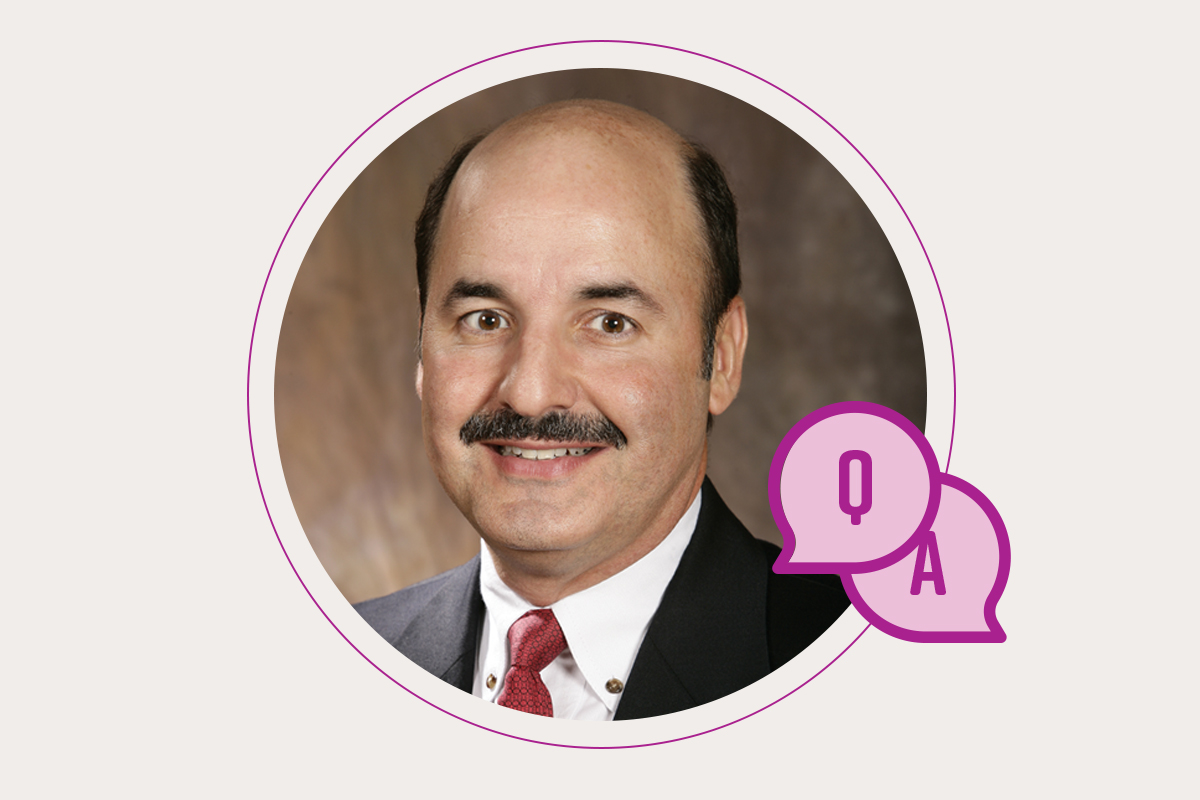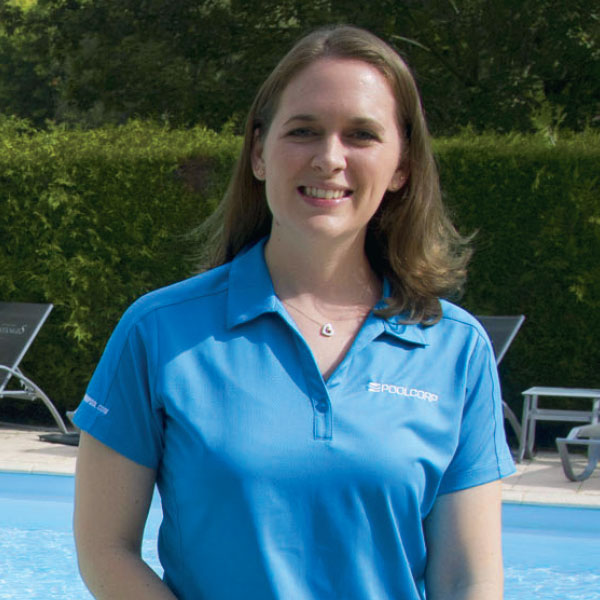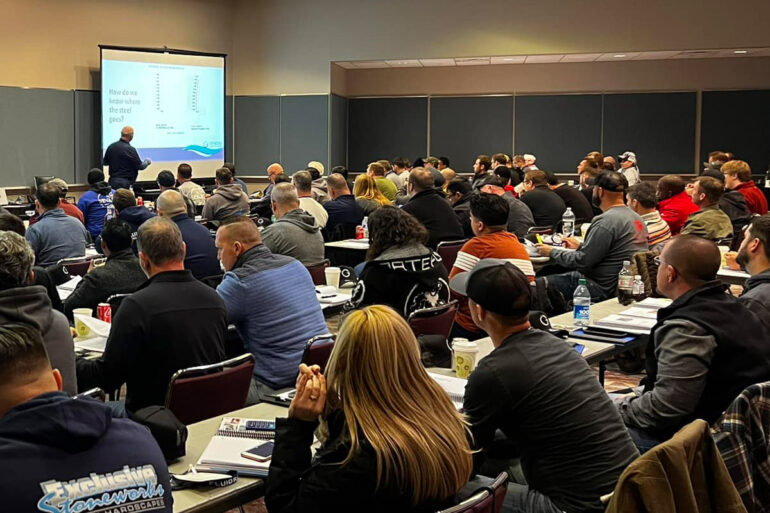More with Manuel Perez de la Mesa

MK: What do you see are the challenges going forward for the pool industry at large?
MPM: First of all, we’re in a great industry. We have, from an end-product standpoint, a great product that people aspire to have, people enjoy, it enhances the quality of a family’s home life. It’s very positive and the opportunity for the industry to grow its penetration in single-family homes is great. It’s one of the factors that helps our industry grow collectively at a faster rate than GDP and will for generations to come.
The greatest short-term challenge is labor. Not unique to our industry, but there is a shortage in the workforce. In pool construction and remodeling — those more labor-intensive aspects of our industry — are where we are seeing the greatest gaps in having enough labor for the demand that exists. Hopefully, there’s enough being done to raise awareness of that. The U.S. Chamber is having a forum to help educate the political community on the lack of construction workers. This transcends every aspect from the building of new homes to the plumbers and electricians, carpenters — all trades. On a national basis, there is a shortage. It doesn’t affect us in the sense that it’s going to reduce the size of the industry, but it inhibits our growth potential.
A more medium-term issue is, you have a number of customers, contractors and retailers who are baby-boomers. They intend to exit at some point. The logic here from an industry standpoint is, how many people are there waiting in the wings to come in to backfill those voids that are going to be created?
MK: That entered my mind as you were talking about your succession plan and how it’s been in the works for a long time. This is something other people in our industry could learn from. You can’t turn around and sell your business in a couple of days or months or even years, it’s really a long-term plan and it takes a lot of work. It’s something that’s going to be really challenging for people.
MPM: Definitely.
MK: What about some longer-term issues?
MPM: Longer-term, we as an industry compete for discretionary dollars with other industries. We have to continue to develop and invest collectively. The beauties of enterprise are the jobs that it creates, the development that comes about as a result and the wealth that’s created. It requires continuous improvement, continuous development, continuous investment in getting better and finding ways to do things better every year.
I think equipment manufacturers in the past 10 years did a really good job of investing in innovation and that innovation has helped expand and grow the size of the industry, the value of the industry on the products side, whether it be from an aesthetics standpoint or from an energy standpoint. That’s been great for the industry.
That has to continue. It has to be across the board in every aspect of manufacturing. Just because it was done that way for 30 years, that’s probably the worst answer you could give somebody.
It’s about understanding and appreciation and creating a culture over the long term. It’s tough to do that at the industry level, but you can try to do it at a company level — a culture of continuous learning and continuous improvement.
Read the first part of Megan’s interview with Perez de la Mesa.





